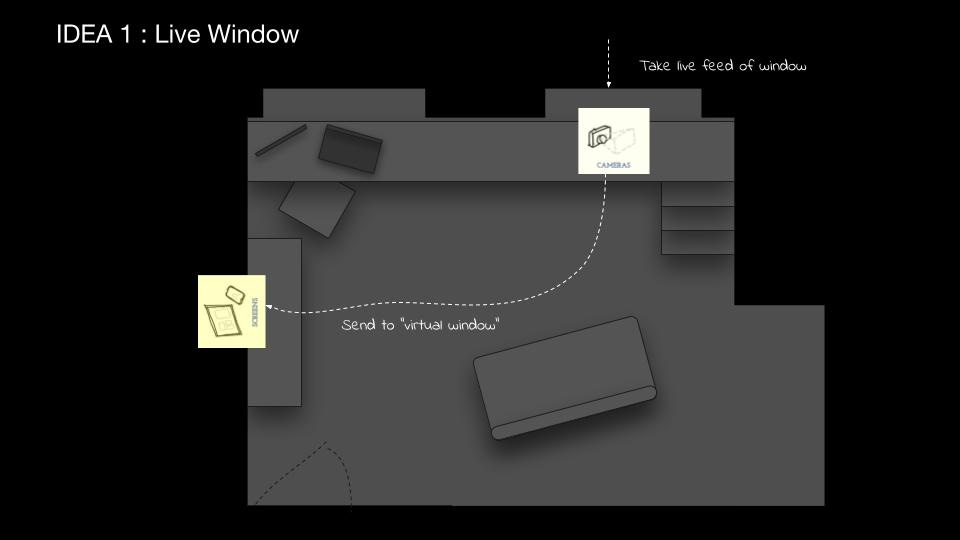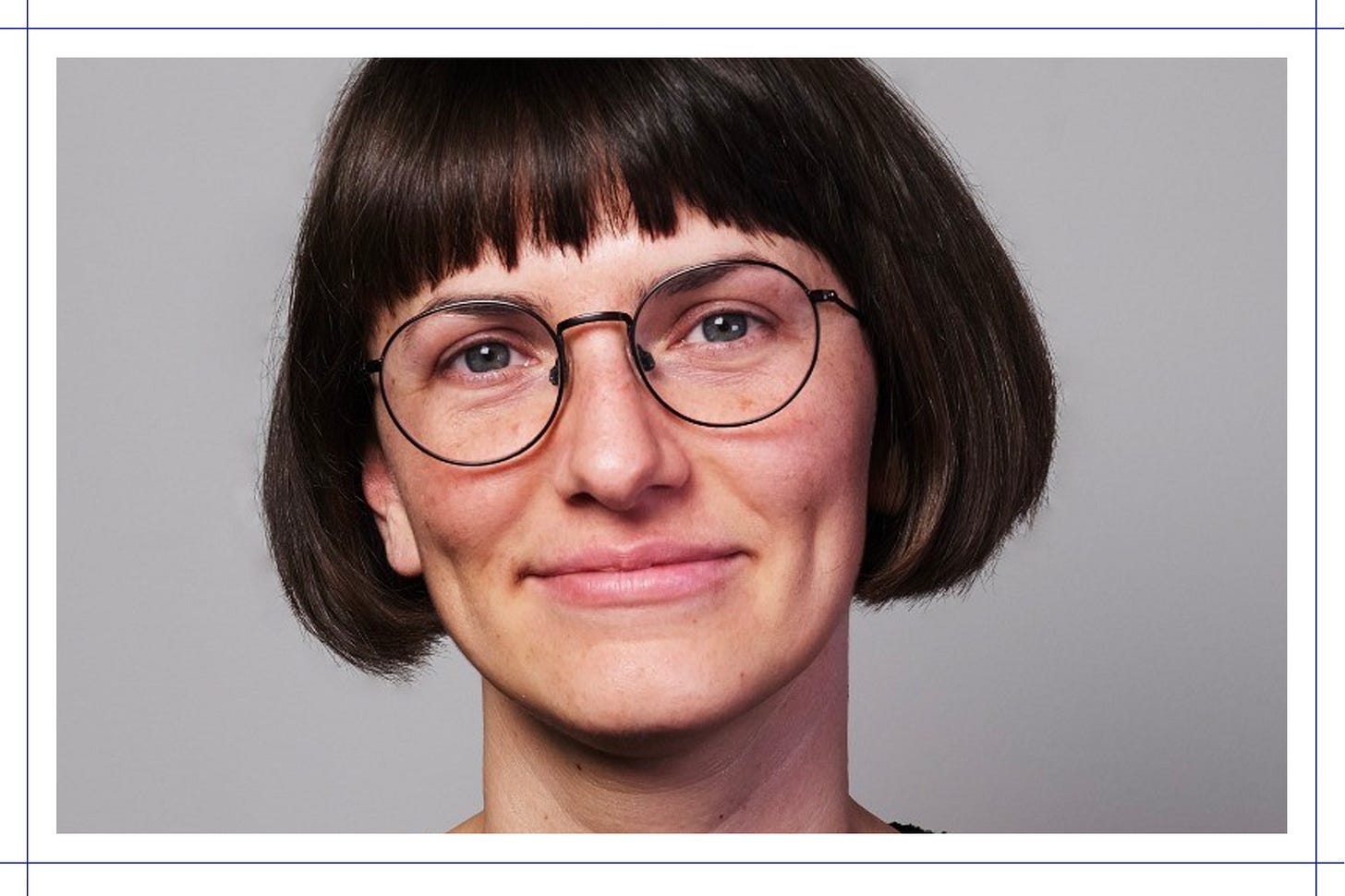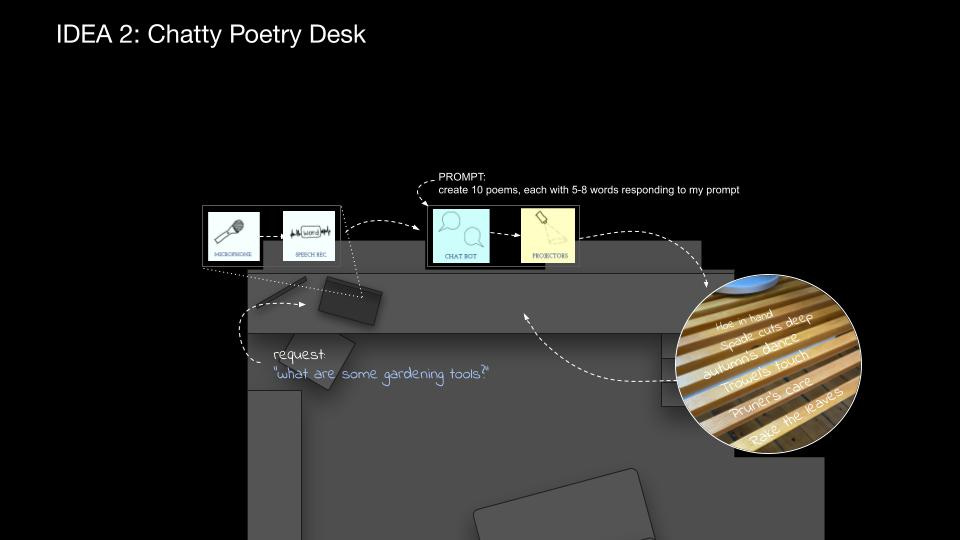Urban Technology at University of Michigan week 166
The Periodic Table of Spatial Computing + Six Questions for Violet Whitney
“It would smell like a mix of electronics, dirt, sticky tack glue, Laphroaig scotch, and violets,” is the kind of answer that makes you feel justified in asking obscure questions, and one of the reasons why it’s fun to speak with Violet Whitney about her work in spatial computing. This week we spend time with one of our newest visiting professors learning about the Periodic Table of Spatial Computing, what it means, and why it matters.
💬 Hello! This is the newsletter of the Urban Technology program at University of Michigan, in which we explore the ways that data, connectivity, computation, and automation can be harnessed to nurture and improve urban life. If you’re new here, try this short video of current students describing urban technology in their own words.
🧑🔬 Periodic Table of Spatial Computing
An architect must be familiar with the fundamental behavior and qualities of materials like concrete, wood, glass, and steel to design a building, so what should be known on a material level by a designer of urban technology? If urban technology is about seeing, shaping, and serving urban environments, then what, exactly, are the ways in which tech can be used to see cities? How, exactly, can it shape or serve the same?
I’m a sucker for diagrams, and was excited recently to see our very own Violet Whitney (proper introduction below) had published a matrix called the Periodic Table of Spatial Computing. It’s organized by human senses on the vertical axis and the dichotomy of sense (detect) and act on the horizontal. Within the forty five cells of this matrix she articulates the basic capabilities of spatial computing which, for our purposes, may as well be a synonym for urban technology.
The simplicity of the Table floats atop decades of intellectual development that have led us to this point. It’s a bummer that Malcolm McCullough is on sabbatical this semester because he and Violet would have lots to talk about. Malcolm’s books Digital Ground and the Ambient Commons were early and important contributions to the discourse of computation in space. Different eras have used different terminology, be it pervasive computing, ubiquitous computing, ambient computing, media architecture, responsive environments, spatial computing, or, now, urban technology. In all cases, the material reality behind the buzzword is an array of sensors, actuators, computers, and networking that allows physical spaces to become newly spirited. Violet’s table grounds us in the elements of such a world and invites new combinatorics.
The contents of each cell speak to fundamentals of human experience in the physical world as well as a technical component. Light can be seen by humans, and it can be detected by a photoelectric device. Humidity can be felt by humans and it can be thermal sensor. The genius of the Table is that is prioritizes human experience but is still a shopping list: for each cell, there’s a device you can buy today that will do the sensing or actuation that is described. Here’s a game: pick one cell from Sense and one from Act and imagine what it could mean.
Camera + screen = “Live Window,” with a diagram from Violet below.
Speech Recognition + Lights = “Alexa, turn on the living room lights.”
Occupancy Sensor + Lever = windows that open automatically to bring in fresh air.
Camera + Speaker = Tell me a joke every time it rains
Gesture detection + projector = ???
The Table is both a field guide you can use to spot urban technologies and a list of ingredients for future invention. It’s exploratory and generative, and free for you to adopt and adapt in your own work.
🍳 Six Questions for Violet Whitney
Trained as an architect, Violet Whitney made a crossover to work in technology a handful of years ago and brings her inquisitive and experimental spirit to the intersection of space and computation. At Sidewalk Labs she was product manager for Delve, a tool that applies AI to neighborhood planing and real estate. She’s also the cofounder of Architechies, a community and safe harbor for all who are interested in the messy but important cross over of technology and the built environment. We’re lucky enough to also call her a Visiting Assistant Professor of Urban Technology at Taubman College. She’s teaching an elective called Reading and Writing the World that centers on the creation of IOT systems using low- and no-code tools.
BRYAN BOYER: What’s an example of spatial computing?
VIOLET WHITNEY: If you use the GPS “location sharing” services on your phone with family members, partners or roommates, this is a good example. I get a notification any time my partner leaves or enters the area around our house. This uses GPS sensing to trigger notifications across multiple devices based on spatial information.
Augmented reality applications like Pokémon Go are also spatial computing because they rely on spatial sensing like where you’re located (GPS), the direction you’re facing (gyroscope/accelerometers) and spatial actions (augmented reality) that blend Pokémon characters with the camera feed on your phone into one image on your screen, all based on your spatial context.
One thing I think I’ve been trying to emphasize is that spatial computing has recently been used to talk specifically about things like AR/VR, but it actually refers to a much wider space of computing that uses spatial context like IOT (Internet of Things) and physical computing (editor’s note: there are nearly three trillion reasons why this point is important). It’s important to emphasize that spatial computing is also about the computation of things in our physical world, like temperature sensors, smart lights, and nanny cams.
BRYAN: What makes you excited about spatial computing?
VIOLET: The ability to be present. It’s hard to be present in life today. Traditional computing is a chaos of context-less alerts, emails, and messages. These information fragments pull our attention away from the moment. Zoom calls flatten the material richness of the world. The screen pulls our attention away from our physical realities.
Spatial computing stands to remedy this. Every piece of information can be tied to a specific context—a place, a time, an activity. It has the ability to engage the senses and focus first on the human and social experience.
BRYAN: How do you imagine the Periodic Table of Spatial Computing being used by people?
VIOLET: When starting a project you’d use it to quickly reference what types of actuators and sensors exist, to understand what’s broadly available. Most importantly, it could help you focus on the experience and the senses first rather than thinking just about the hardware.
Imagine you want to design a system that alerts someone when they enter a noisy room. You’d peruse the table for ways to sense spatially or based on touch like a door sensor, then you may explore actuation that was visual or touch based since you know a sound-based alert would be drowned out.
We’ve been using the components in class [UT 402 - Reading and Writing the World] for a kind of pseudo-code diagram of the things we’d build (below). I like to think of these contraptions—strung together sensor and actuator components—like little Rube Goldberg machines. Once we have a high level diagram, we can start on the technical execution.
BRYAN: If you could add a new type of sensor to the world, what would it be?
VIOLET: The “Grok Sensor” would have the ability to sense when you’re understood (both by computers and by humans). Sensing specific components like temperature, light, words, even object recognition is possible today. But one of our biggest concerns as humans is whether someone “gets us,” or is understanding what we mean when we communicate. I may say something, but how do I really know you grok it? That ambiguity is why it can be so frustrating when computers don’t do what we think we’re asking them to, and also why it’s so painful if a friend misunderstands our [intended] meaning.
Spatial computing is really about a means for better more intentional communication both between humans and humans, and between humans and computers. Having a sensor that can detect how well something was understood might help us better empathize, listen and understand each other.
BRYAN: If IOT had a smell, what would it be?
VIOLET: Ooooh yes…I love this. Smell is so spatial! And there are even scent dispensers which could be included in my chart. If I take the question literally, I think it would be amorphous, like the other actuations in IOT: e.g. speakers can sound shallow, full bodied, robotic and beepy, or human and authentic even; light can be subtle, slow, rapid, colorful, warm, or eerie. I think one of the promises of IOT is that it allows for a multitude of authorship, so I think it would smell like many different things based on the actuation. Perhaps we would have a smell-o-vision that could send all kinds of smells.
If I take it metaphorically I think it would smell like a mix of electronics, dirt, sticky tack glue, Laphroaig scotch, and violets (just for fun).
BRYAN: Thanks for entertaining that sideways question. I ask because there’s a strong material reality to spaces, so when IOT devices become standard building materials then I expect it will change all aspects of the sensorial experience of inside space. For instance, when I lived in Finland the buildings smelled different than those in the US—more wood, more wood glue, less drywall. I’m excited to see your continued development of the sensorial side of computing because of how profound those subtle cues can be.
Finally, we always have to ask, what’s your favorite city and why?
VIOLET: Philadelphia. It has a good, serious grassroots energy where things just feel possible here. It’s a good dose of creativity mixed with a spirit of, “okay let’s see if we could do that.” Think Mural Arts, community orgs and activists. Philly grittiness creates the authenticity that I love. Plus it’s super walkable with beautiful historic buildings.
👨💻 Are you hiring for summer 2024? Reply to this email if you’re interested in having urban technology students join your team as interns. They have skills in UX design, service design, python, javascript and a zeal for urban challenges.
These weeks: Lining up some super exciting possibilities for our first service design studio next semester. New office, kinda. First meeting with the Urban Technology Student Organization. Getting used to Asana. Finding a stride, though. 🏃






